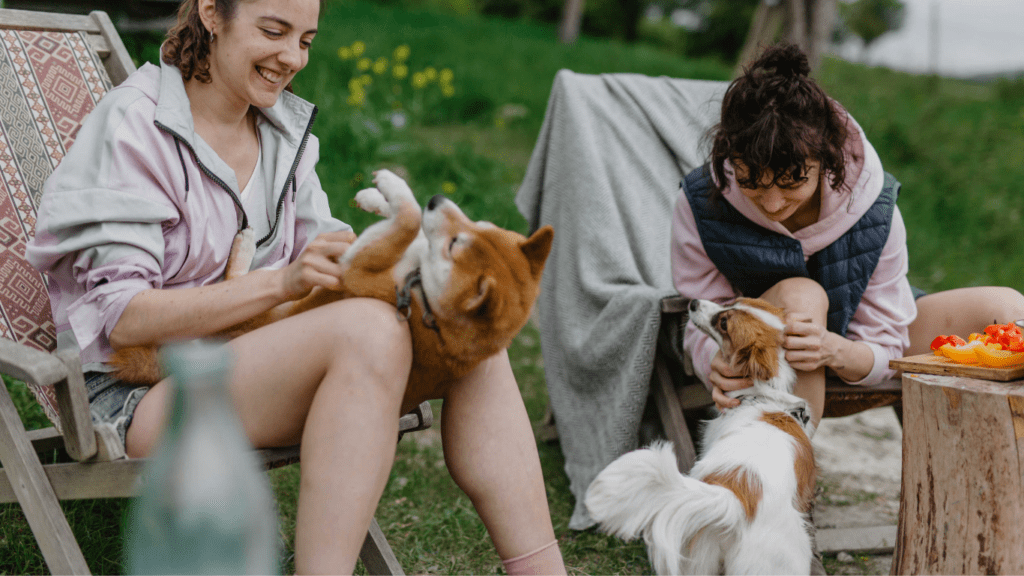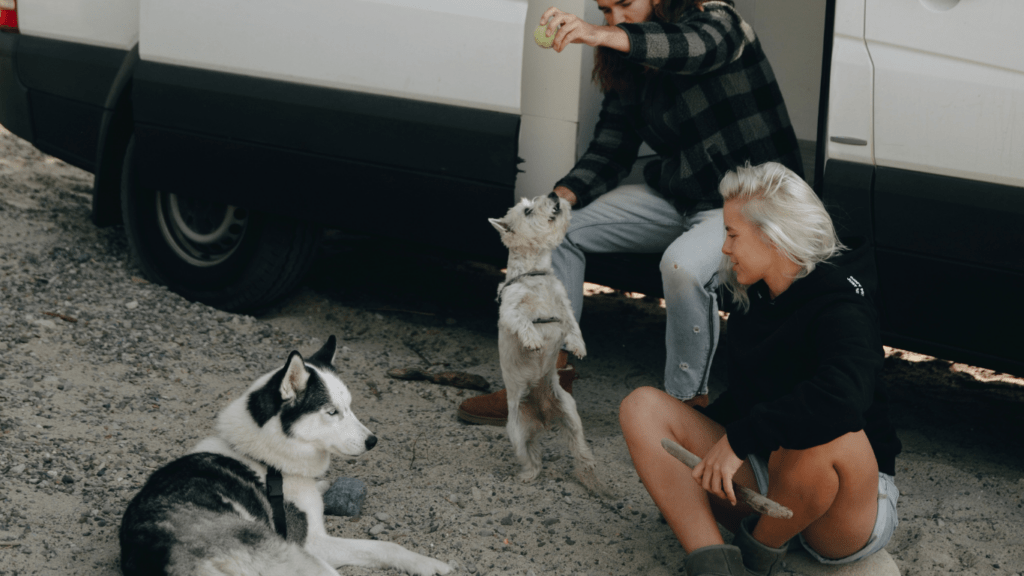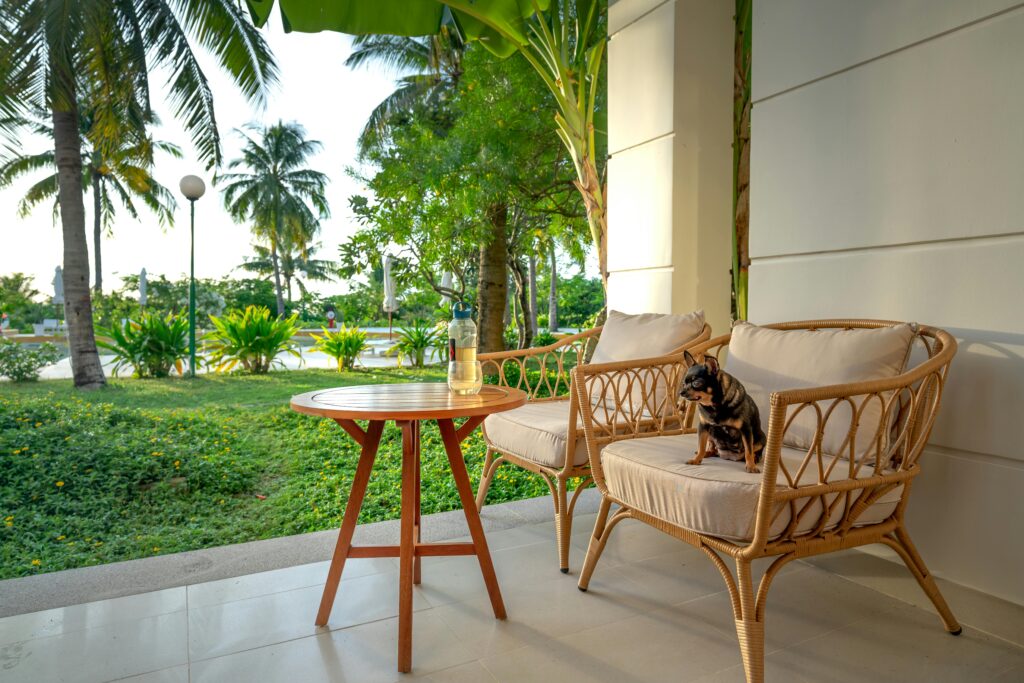Understanding Travel Anxiety in Pets
Pets often experience travel anxiety due to unfamiliar environments and routines. Recognizing the symptoms early can help alleviate stress. Common signs include excessive panting, drooling, whining, or agitation. In some cases, pets might even engage in destructive behavior.
Different factors contribute to travel anxiety. New scents, sights, and sounds can overwhelm pets. Previous negative experiences during travel can also play a role. For example, a trip to the vet might be enough to trigger anxiety for future travel. Understanding these triggers is crucial for managing your pet’s anxiety.
Behavioral strategies can help reduce anxiety. Gradual desensitization to travel situations often proves effective. For instance, introducing your pet to the car by letting them sit inside without driving can help. Over time, short drives can condition your pet to stay calm.
Another approach involves using positive reinforcement. Treats and praises can encourage calm behavior. If your pet remains relaxed during a car ride, rewarding this behavior can reinforce calmness. Consistency in this strategy often yields the best results.
Natural remedies and medications can also assist in managing travel anxiety. Options like pheromone sprays or calming supplements provide relief. Consulting with a veterinarian ensures that these solutions are safe and effective for your pet’s specific needs.
Understanding your pet’s travel anxiety involves recognizing symptoms, identifying triggers, and employing strategies to ease their discomfort. Gradual desensitization, positive reinforcement, and natural remedies are steps toward making travel more comfortable for your furry friend.
Preparing Your Pet for Travel
Ensuring your pet is ready for travel is essential for a stress-free journey. Proper preparation addresses health issues and helps acclimate your pet to their travel environment.
Veterinary Health Check
Scheduling a veterinary check-up before traveling ensures your pet is healthy. A vet can provide necessary vaccinations and health certificates. This visit also allows you to discuss potential travel anxiety medications. Address any health concerns early to avoid complications during travel. Regular check-ups are crucial for pets prone to illness or those traveling internationally. Always keep medical records handy.
Familiarization with Travel Carrier
Introduce your pet to their travel carrier weeks before the trip. Place familiar items like toys and blankets inside. Allow your pet to explore the carrier without pressure. Gradually increase the time they spend inside. Reward calm behavior with treats and praise. For cats and small dogs, start by leaving the carrier door open and using treats to encourage entry. For larger dogs, consider crate training well ahead of the journey. The goal is for your pet to view the carrier as a safe, familiar space.
Tips for Traveling by Car

Traveling by car with pets can be a comfortable experience if planned well. Here are some effective tips to ensure a smooth journey.
Creating a Comfortable Space
Ensure the car’s interior feels familiar to the pet. Placing the pet in a secure, well-ventilated crate or carrier helps. Add a favorite blanket or toy inside the carrier to provide comfort. Secure the carrier using a seatbelt to prevent movement during the trip. Consider covering the carrier with a light cloth to reduce visual stimuli.
Regular Breaks and Exercise
Plan to stop every 2-3 hours for breaks. Allow the pet to walk around and relieve themselves. Carry a leash and harness to keep the pet safe during these stops. Hydrate the pet with fresh water and offer a light snack if the journey is long. Use breaks to check the pet’s overall well-being.
Calming Products and Remedies
Use vet-approved calming products to reduce travel anxiety. Options include calming sprays, anxiety vests, and herbal remedies. Consult a vet for suitable recommendations. For pets with severe travel anxiety, prescription medications may be necessary. Always test these products before the actual trip.
Tips for Traveling by Air
Flying with a pet requires careful planning. Focus on understanding airline regulations, selecting the appropriate travel crate, and managing your pet’s anxiety during the flight.
Airline Regulations and Requirements
Each airline has specific rules for pet travel. Confirm if pets can fly in the cabin or cargo hold with the airline first. Most airlines require:
- Valid health certificate signed by a licensed vet within 10 days of travel.
- Specific crate dimensions and construction standards.
- Advanced reservations since each flight has a limited number of pet slots.
Call the airline or check its website for the most up-to-date information.
Choosing the Right Travel Crate
Selecting the right crate ensures your pet’s comfort. Look for crates that:
- Meet International Air Transport Association (IATA) standards.
- Have adequate ventilation and secure locking mechanisms.
- Allow your pet to stand, turn around, and lie down comfortably.
- Include absorbent material or bedding.
Measure your pet to find the correct crate size.
Managing Anxiety During Flight
Managing your pet’s anxiety can make the flight smoother. To minimize stress, consider:
- Using familiar items like blankets or toys in the crate.
- Administering vet-approved calming products, such as sprays, chews, or medications.
- Ensuring your pet is well-exercised before the flight to tire them out.
- Offering a light meal a few hours before departure, avoiding a full stomach.
Implement these strategies to help keep your pet calm and comfortable during air travel.
Additional Tips and Tricks
Traveling with pets can become more comfortable by following extra strategies. Below are proven methods to help your pet stay calm and relaxed.
Use of Soothing Music and Scents
Using calming music and pet-safe aromatherapy helps reduce anxiety. Playing soft classical music or specific pet relaxation tracks during the trip can soothe your pet. Introducing calming scents like lavender or chamomile, approved by your vet, can also promote relaxation. Ensure the scents are applied in your pet’s resting area or travel crate.
Maintaining a Consistent Routine
Adhering to your pet’s regular schedule helps reduce stress. Ensure meal times, bathroom breaks, and exercise occur at usual intervals, even while traveling. Pack familiar items, like your pet’s favorite toy or blanket, to create a sense of normalcy. Any variations to the norm should be minimized to avoid unnecessary stress.
Post-Travel Decompression
Allow your pet time to decompress after traveling. Upon arrival at your destination, provide a quiet space where your pet can relax and readjust. Engage in light activities and offer familiar foods to help them reorient. Monitor for signs of ongoing stress and consult your vet if anxiety persists.



 Lead Pet Behavior Specialist
Brian Camacho is an expert in pet behavior and training at Pet Paw Shack. With a deep understanding of animal psychology, he specializes in helping pets and their owners build strong, healthy relationships through positive reinforcement techniques. Brian’s innovative approach to training focuses on making behavior modification a fun and rewarding experience for both pets and their families.
Lead Pet Behavior Specialist
Brian Camacho is an expert in pet behavior and training at Pet Paw Shack. With a deep understanding of animal psychology, he specializes in helping pets and their owners build strong, healthy relationships through positive reinforcement techniques. Brian’s innovative approach to training focuses on making behavior modification a fun and rewarding experience for both pets and their families.
